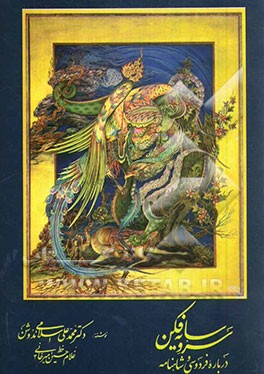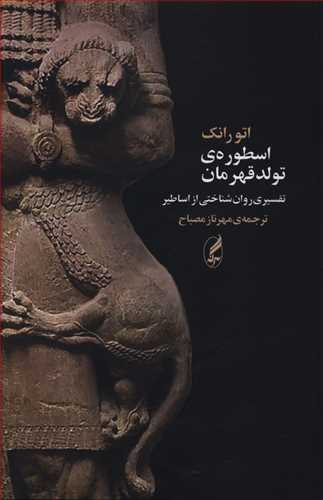An easy to read book on how to change our wrong view of the world, improve our rational thinking and reform our stereotypical idea of global problems, particularly in developing or third world countries.
I recently read Steven Pinker's masterpiece, The Better Angels of Our Nature: Why Violence Has Declined. Therefore, I have a positive viewpoint about the declining trend of violence, genocide, etc. in the world. So my answer to the thirteen question quiz at the beginning of the book was correct with 80 percent accuracy. The questions seem simple, and they are as follows:
In all low-income countries across the world today, how many girls finish primary
school?
Where does the majority of the world population live?
What is the life expectancy of the world today?
How did the number of deaths per year from natural disasters change over the last
hundred years?
How many of the world’s 1-year-old children today have been vaccinated against
some disease?
How many people in the world have access to electricity?
After presenting a variety of charts, graphs, and diagrams in the following chapters, the author has achieved his goal of dispelling our misconceptions about aforementioned problems. He presents in each chapter ten essential tools to be rational, including:
THE GAP INSTINCT - check for the majority
THE NEGATIVITY INSTINCT - expect bad news
THE STRAIGHT LINE INSTINCT - not all lines are straight
THE FEAR INSTINCT - evaluate risks
THE SIZE INSTINCT - put things in the right perspective
THE GENERALIZATION INSTINCT - question your categories
THE DESTINY INSTINCT - observe slow changes
THE SINGLE PERSPECTIVE INSTINCT - get more tools
THE BLAME INSTINCT - avoid pointing fingers
THE URGENCY INSTINCT - take small steps
In addition to the book, I watched ten videos of TED Talks by the late Hans Rosling, which could be an alternative for readers and would give them a better understanding of the graphs.
https://www.ted.com/speakers/hans_rosling?language=en



























